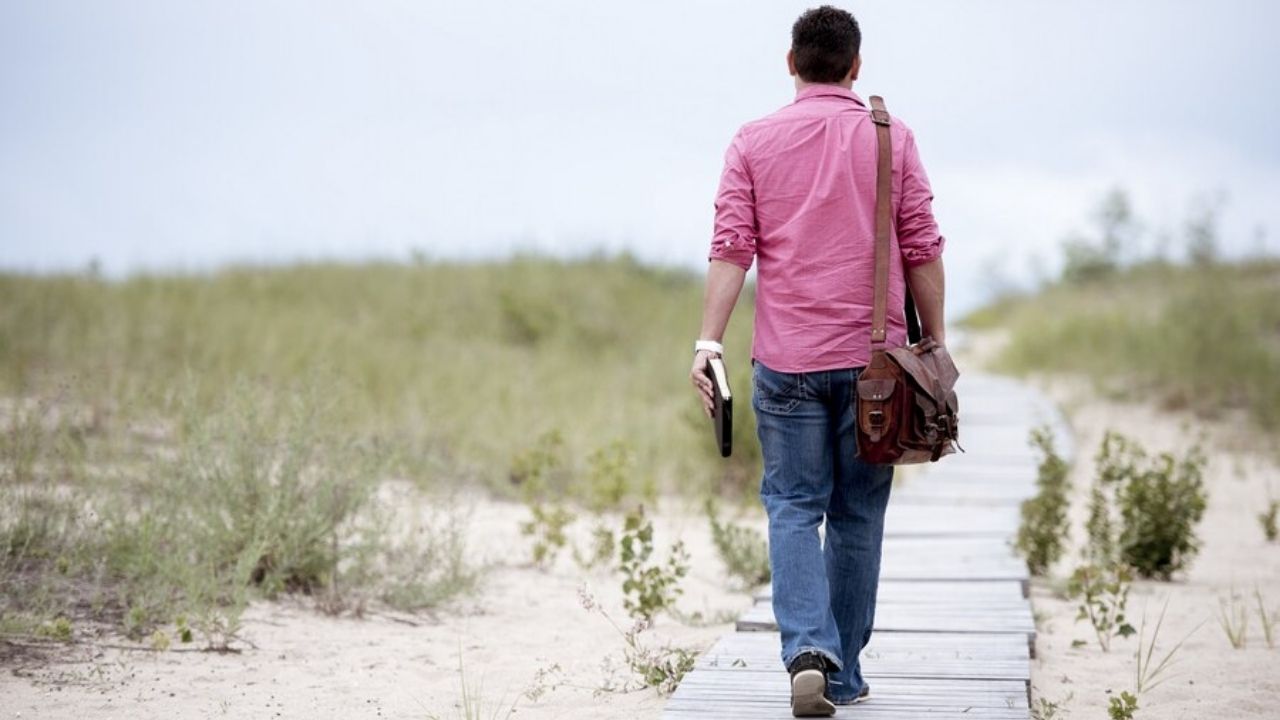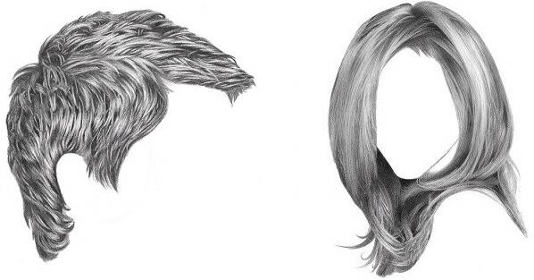Illustrating wildlife demands precision, an eye for detail, and an understanding of the animal’s anatomy.
One of the most intriguing subjects for artists is how to draw a bear. Bears are captivating creatures with their powerful stature and unique characteristics.
This comprehensive guide will delve into the intricate process of drawing a bear, providing the insights and techniques needed to master this skill.
Understanding Bear Anatomy
Before diving into drawing, it’s crucial to comprehend the anatomy of a bear. The initial step is observing photographs, videos, or real-life bears in their natural habitat.
Pay close attention to their body structure, muscle definition, fur texture, and distinctive facial features. Familiarize yourself with the bear’s skeletal structure to capture its form accurately.
Materials Needed
Acquiring the right tools is fundamental to achieving a realistic bear illustration. Opt for quality materials:
- Pencils: Ranging from 2H to 6B for varied shading and detailing.
- Sketchbook or Drawing Paper: Choose acid-free, heavyweight paper to prevent yellowing and ensure durability.
- Eraser: A kneaded eraser for precision and a soft gum eraser for larger areas.
- Blending Tools: Tortillons or blending stumps for seamless shading.
- Reference Images: Gather a collection of bear images for visual reference.
Read ALSO: How to Relieve Head Pressure from Coughing – Symptom Alleviation Strategy
Sketching the Bear
Begin with light, contouring lines to outline the bear’s basic shape. Focus on defining its body posture and proportions. Use geometric shapes as a foundation, gradually refining them to resemble the bear’s actual form. This initial sketch serves as a guide for the detailed drawing.
Detailing the Features
Once the basic outline is complete, start adding intricate details. Pay close attention to the bear’s facial features—its eyes, nose, and mouth—as these elements convey its expression.
Employ shading techniques to render the bear’s fur realistically. Utilize hatching, cross-hatching, and stippling to capture texture and depth.
Read Also: How to Transfer Photos from iPhone to iPhone – Digital Media Migration
Capturing Realistic Fur
Rendering realistic fur requires patience and meticulousness. Bears have dense fur with varying lengths and textures across their body. Begin by establishing the fur direction using light, feathery strokes. Layer darker shades to create depth and dimension, mimicking the bear’s natural fur pattern.
Enhancing Realism with Shading and Highlights
Shading plays a pivotal role in adding depth to your illustration. Study the bear’s anatomy to identify areas of light and shadow. Gradually build up layers of shading to emphasize contours and volume. Use an eraser to create highlights, accentuating areas where light hits the bear’s body.
Final Touches and Refinement
Step back periodically to evaluate your progress. Make necessary adjustments to ensure accuracy and realism. Refine details, smoothen transitions between shades, and add final touches to bring your bear illustration to life.
Practice and Patience
Drawing a bear, like any skill, demands practice and patience. Don’t be disheartened by initial attempts—every stroke contributes to your improvement. Study different bear species, experiment with diverse poses, and continuously refine your technique.
Read ALSO: How to Cancel SiriusXM – Subscription Discontinuation Strategy
Conclusion
Mastering drawing a bear requires dedication, observation, and a passion for detail. By understanding bear anatomy, employing the right materials, and practising diligently, you can create breathtaking bear illustrations that capture the essence of these magnificent creatures.






